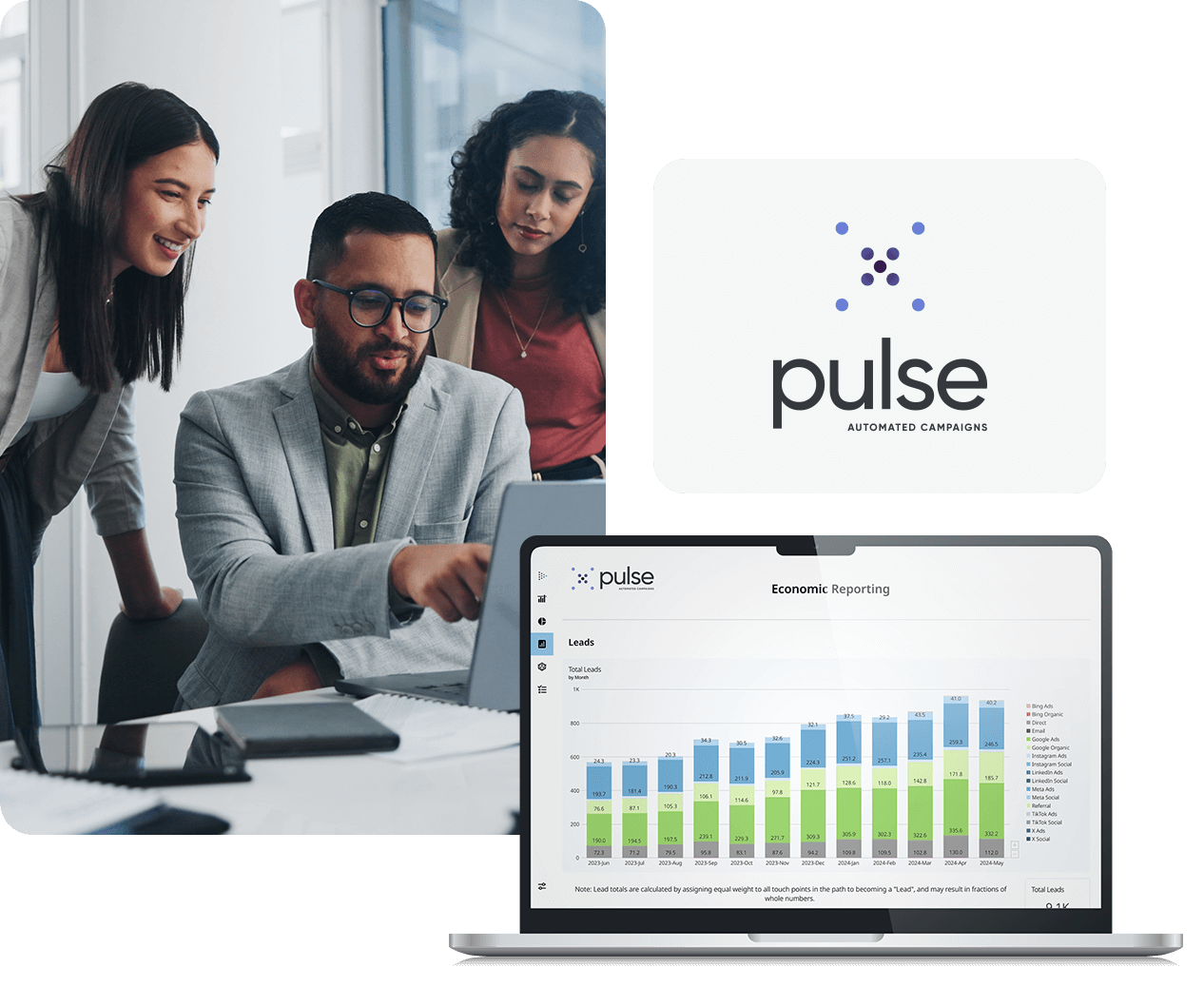Northwestern's Medill School of Journalism
Market Assessment, Strategy, and Paid Media Management Increases Lead Generation by 35%
Learn more
We believe in one kind of marketing: precise, data-driven strategies that transform your business.
Success is now a science.
























"Finding a trusted partner is difficult in any space, with digital even more so. Arcalea's experience was completely different: and has ultimately been a game-changer for us."
"With Arcalea, it was all about strategy. Today, we're realizing increases in search and online presence, evaluating and understanding audience paths to conversion, and creating new value to our audiences by improving the value we provide online. We couldn't be more excited moving forward."